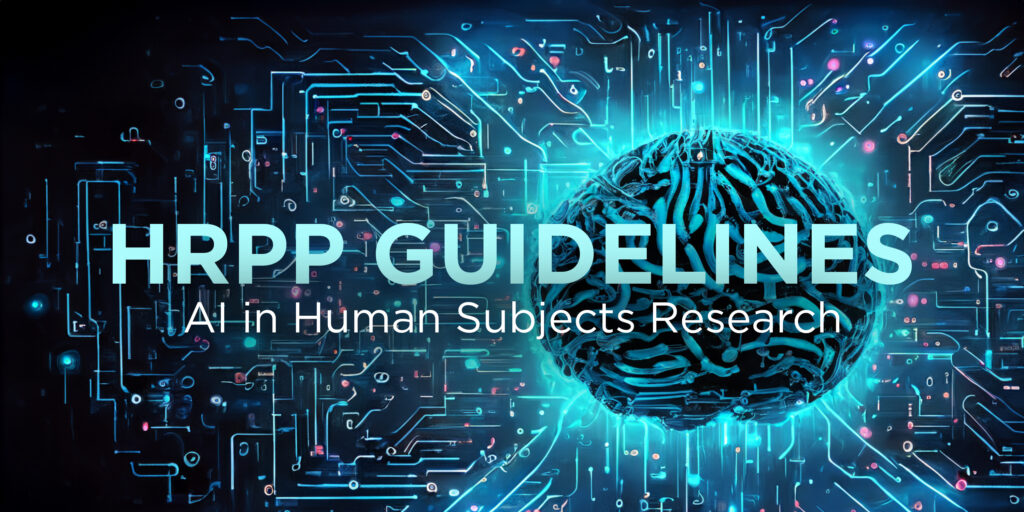The Human Research Protection Program (HRPP) has developed new guidelines on the use of AI in Human Subjects Research.
With the emergence of artificial intelligence (AI), investigators have had a unique opportunity to use AI in their own research studies. However, best practices on the use of AI in human subjects research have not been well formed, nor has there been general consensus on appropriate use.
This guidance covers the use of AI, machine learning, deep learning, and related AI techniques used in research activities, as well as other activities that may govern or affect the use of AI tools within the context of research.
—
A researcher may engage an AI tool in human subjects research when:
- The AI tool collects data from humans through interaction or intervention.
- The AI tool is used to obtain informed consent from human participants.
- The AI tool is used to obtain, analyze, or otherwise access identifiable data about human research participants.
- The AI tool acts as an extension or representative of the investigator(s) by answering questions for potential, current, or past human research participants.
The HRPP and IRB will review the use of the AI tool in the same context as any other research mechanism. The IRB will also review studies that use AI tools under the same criteria for approval used for all other research. Investigators should exercise caution and avoid sharing any sensitive or private information when using these tools, especially data that is legally protected. More broadly, the University of Tennessee HRPP recommends the collection of identifiable participant data be limited to the minimum necessary for completion of the research activity, whether used with an AI tool or not. The complete list of new AI Guidelines for Human Subjects Research is now available.
For more information, contact the HRPP at utkirb@utk.edu.
